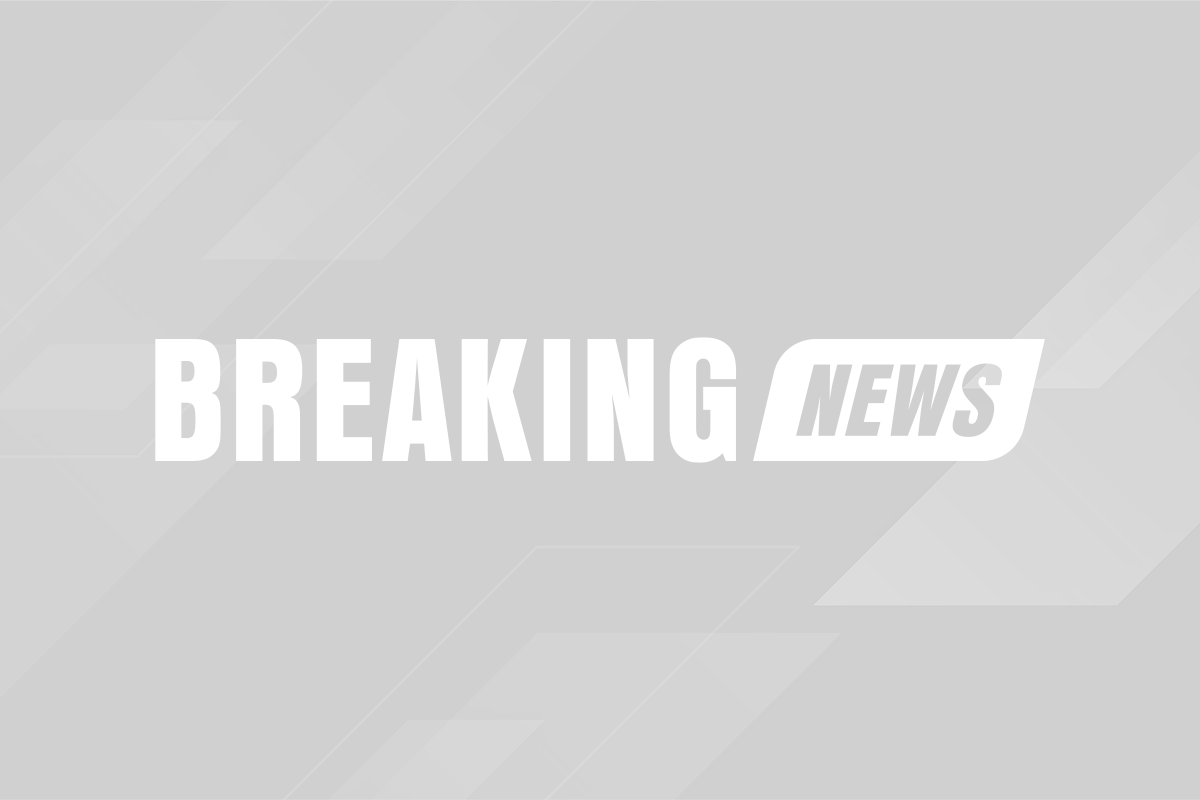
In a move that signals a significant shift in Activision Blizzard's approach to esports, the company has enacted substantial reductions in its dedicated team. This development occurred in the immediate aftermath of the Call of Duty League's Major I tournament, catching stakeholders and fans by surprise.
Industry insiders have confirmed that the esports team at Activision Blizzard has been trimmed down to around 12 individuals. This decision is part of a broader trend of layoffs that have cast a shadow over the company's competitive gaming endeavors.
Challenges have recently plagued the Call of Duty League, manifesting as delays and organizational hurdles. Such issues compound the stress on an esports sector that is still striving to find its footing in a rapidly advancing front of digital sports.
A Year of Reorganization
Activision Blizzard's layoffs are not an isolated event but rather a continuation of the previous year's restructuring. Approximately 50 workers were dismissed in the preceding round, with effects felt by the Overwatch League and the Call of Duty League alike. These decisions have had profound consequences, leading to the dismantlement of the Overwatch League's former structure and marking a new phase in competitive Overwatch.
In light of Activision Blizzard's recent actions, there's been a wave of speculation about impending alterations to the Call of Duty esports model. Some longtime fans have aired grievances with the Call of Duty League's franchise format, suggesting that a pivot might be necessary to reinvigorate community support and interest.
Developers Not Spared
The impact of these strategic changes extends beyond administrative staff; even game developers are feeling the brunt. Sledgehammer Games, one of the studios behind Call of Duty, has reportedly laid off a significant portion of its workforce—rumored to be close to 30%. These changes appear to be in alignment with corporate restructuring efforts, particularly in light of Microsoft's ongoing endeavors to acquire the gaming giant.
Platform Shifts and Audience Dynamics
Another facet of the Call of Duty League's current landscape is the transition to YouTube for exclusive streaming broadcasts—a move that has drawn the ire of many fans. The deal, inked with Google, granted YouTube exclusive rights to stream the esports competitions, leading to resistance from parts of the platform's established viewer base.
Despite these issues, Activision Blizzard is actively attempting to navigate these waters by attracting new audiences without alienating its core supporters. Such a balance requires delicate management, especially when considering the divergent expectations of longtime fans versus potential newcomers to Call of Duty esports.
For now, the Call of Duty League pushes forward, with the calendar marking February 16 as the date for its forthcoming event. Yet, the shadow of uncertainty looms, with ongoing speculation about what changes might unfold after the conclusion of the current season.
Facing an Uncertain Future
The reality of the layoffs and the significant downscaling of the esports team casts a long shadow over the future of competitive Call of Duty. The loss of talent and expertise, particularly in the league's broadcasting and observational departments, could have a lasting impact. A statement from recently laid-off observer Josh Lee underscores the gravity of the situation: "There are no longer any more full-time observers for the CoD League as the remainder of Hot Hands Lounge was let go after the conclusion of the Boston Major. All of those years of work and development the team put in has just been wiped. CoD esports will never be the same again."
Lee's words resonate with a community that has seen its share of upheavals, underscoring a collective concern for the future trajectory of competitive Call of Duty. Whether the current strategy will foster longevity and growth for these digital sports remains an open question—one that will surely be debated by fans and industry analysts alike.
As the esports landscape continues to evolve, Activision Blizzard's recent decisions will shape not just its own destiny but also serve as a potential marker for the industry at large. It is a critical moment where the intricate balance between business imperatives and community expectations has never been more pronounced.